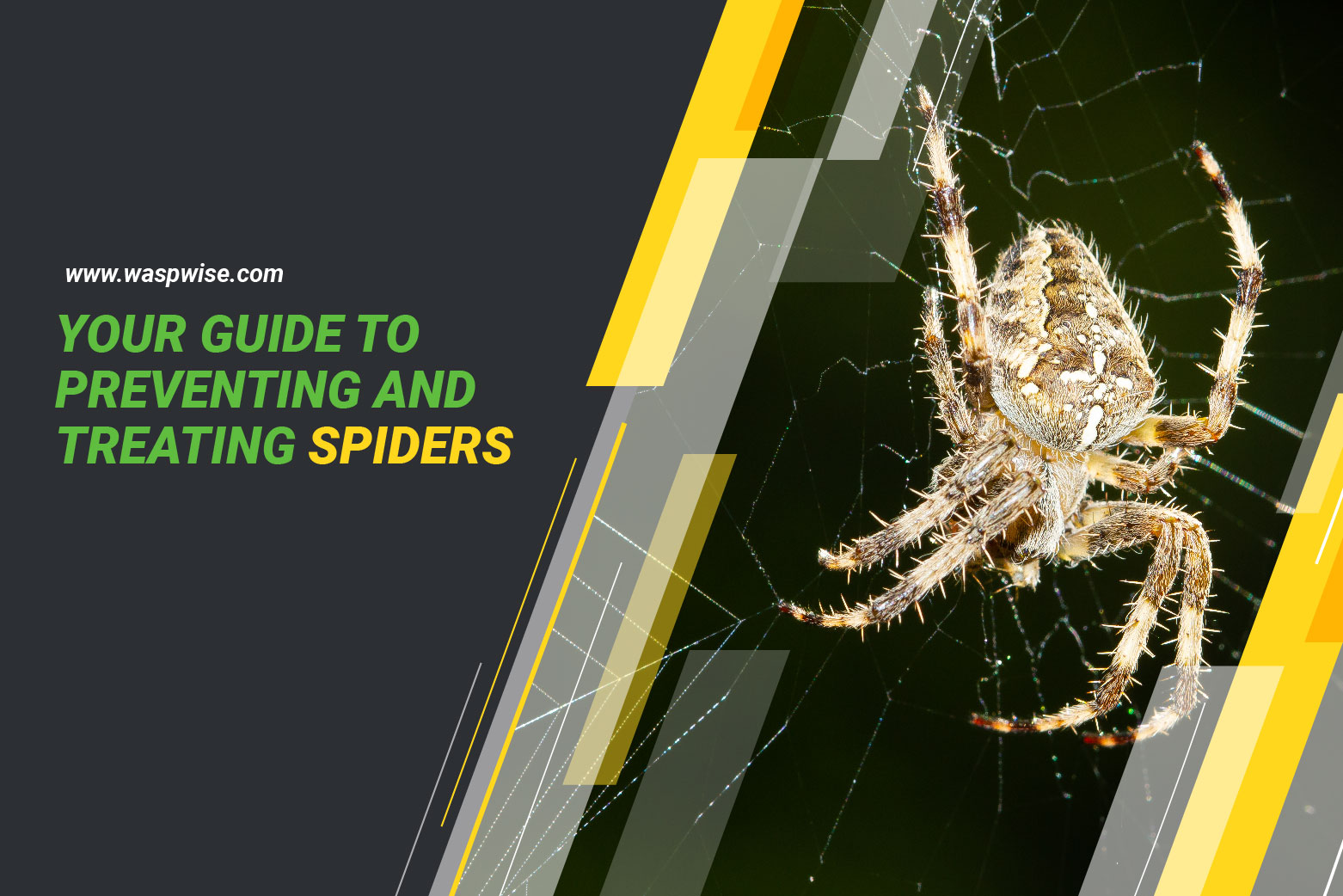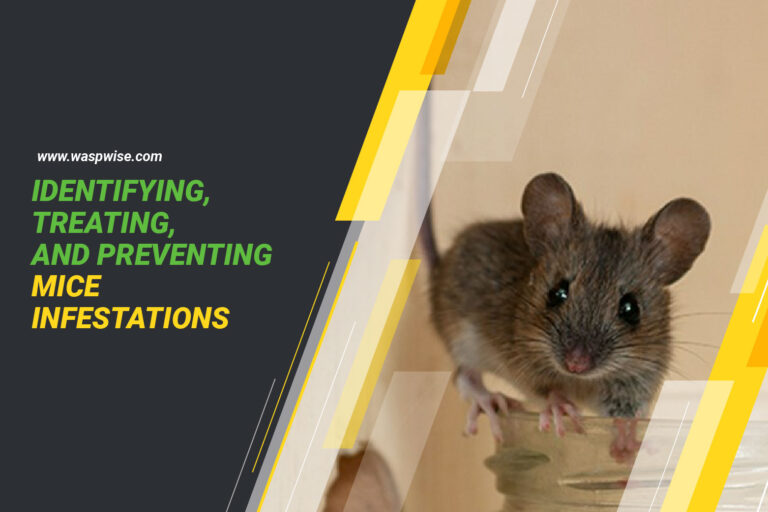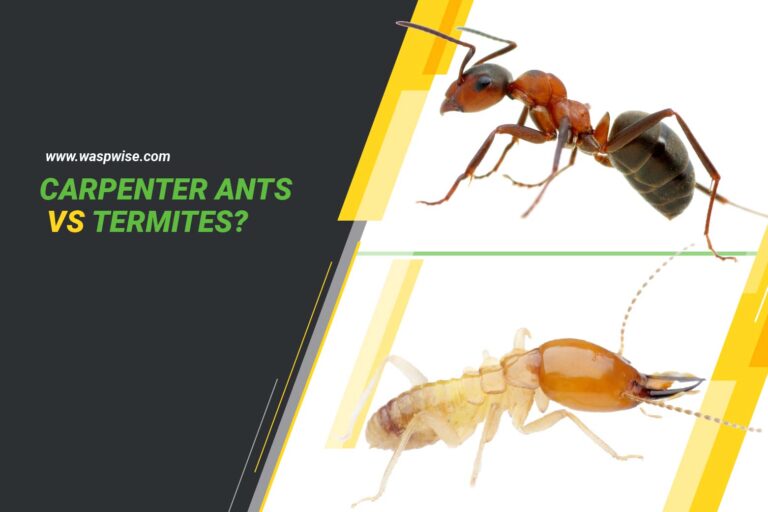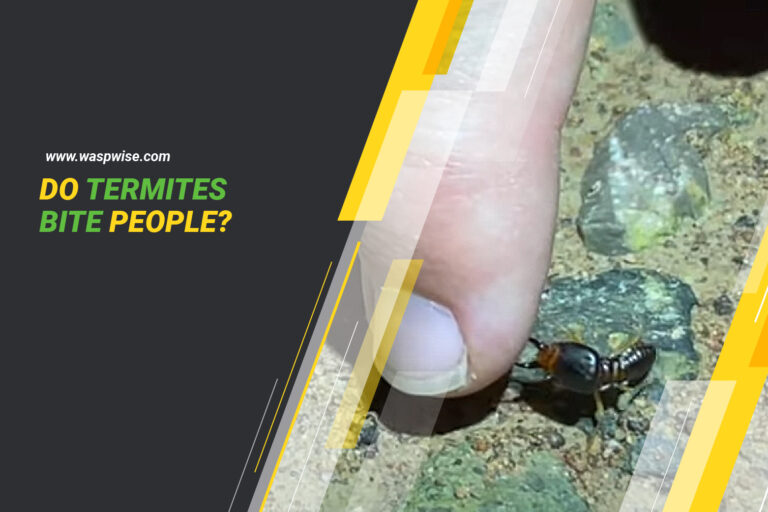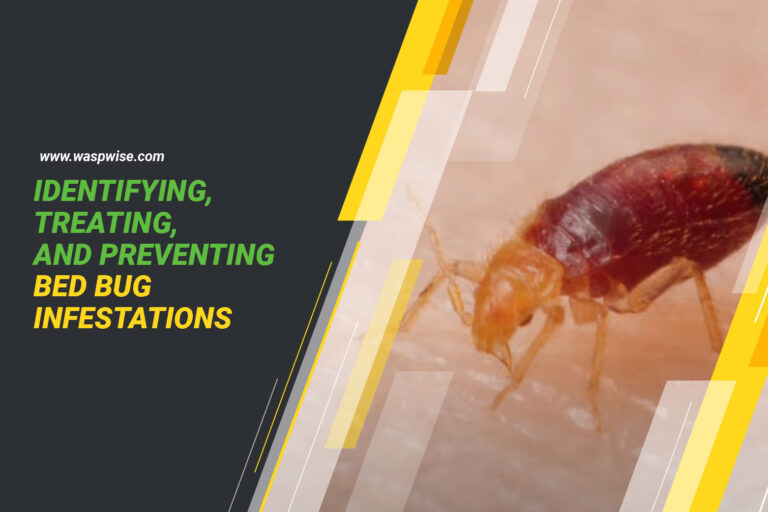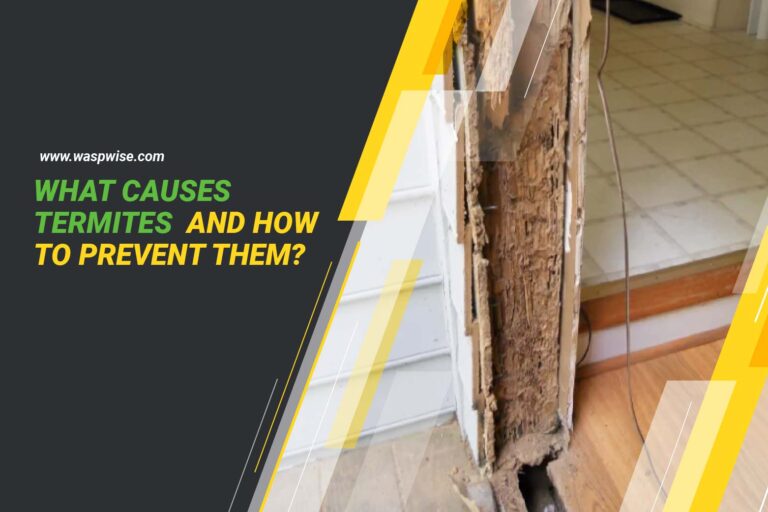YOUR GUIDE TO PREVENTING AND TREATING SPIDERS
Spiders are arachnids that belong to the class Arachnida and the order Araneae. They can be found in various habitats worldwide, and while most spiders are harmless, some species can threaten humans.
How to Identify Spiders
When identifying spiders, there are several key features to look for:
Body Shape: Spiders have two main body parts, the cephalothorax (head and thorax combined) and the abdomen. The shape and size of these body parts can vary among different species.
Legs: Spiders typically have eight legs attached to their cephalothorax. The length and color of the legs can vary, and some species may have distinctive patterns or markings.
Eyes: Most spiders have multiple pairs of eyes, varying in size and arrangement. The number and arrangement of eyes can help in distinguishing different spider families.
Coloration: Spiders come in a wide range of colors and patterns. Some spiders have vibrant colors, while others may blend in with their surroundings for camouflage.
Life Cycle of Spiders
Spiders undergo a process known as complete metamorphosis, consisting of several stages:
Egg: Spiders start their lives as eggs, which are often enclosed in silk sacs or egg cases. The female spider typically protects these egg sacs until they hatch.
Spiderlings: Once the eggs hatch, spiderlings emerge. They are smaller versions of adult spiders but lack fully developed reproductive organs.
Juvenile: As spiderlings grow, they molt their exoskeletons to accommodate their increasing size. This process is repeated multiple times until they reach adulthood.
Adult: Adult spiders have fully developed reproductive organs and are capable of mating and laying eggs. The lifespan of adult spiders can vary significantly depending on the species.
Common Causes of Spider Infestation
Spiders can enter homes and buildings for several reasons. Identifying the common causes of spider infestation can assist in implementing preventive measures. Here are some common causes to be aware of:
Food Sources: Spiders often invade spaces where they can find an abundance of prey, such as insects. If your property has an existing pest problem, it may attract spiders seeking a readily available food source.
Shelter: Spiders seek out sheltered areas to build their webs and lay their eggs. Cluttered spaces, gaps in walls, and attics provide ideal hiding spots for spiders.
Outdoor Entry Points: Spiders can enter buildings through cracks, gaps, and openings in windows, doors, or foundations. Insufficient weather stripping or damaged screens can provide easy access for spiders.
Vegetation: Trees, shrubs, and overgrown vegetation near buildings can act as pathways for spiders to enter your property. Some spiders use plants as anchor points for their webs.
How to Prevent Spider Infestation
Preventing spider infestations starts with implementing proactive measures to make your property less appealing to these arachnids. Here are some effective prevention techniques:
Reduce Clutter: Keep your living and storage areas tidy and organized. Regularly declutter and vacuum to eliminate hiding spots for spiders.
Seal Entry Points: Inspect your property for cracks, gaps, and openings that spiders could use to gain entry. Seal them using caulk or weather stripping to block their access.
Install Screens: Ensure all doors and windows have properly fitting screens without any tears or holes. This prevents spiders from entering while still allowing fresh air to circulate.
Trim Vegetation: Maintain a well-manicured yard and trim vegetation away from the perimeter of your home. This reduces the chances of spiders using plants as pathways to enter your property.
Manage Lighting: Spiders are attracted to light sources, which can also attract their prey. Consider using yellow or sodium vapor lights, as they are less attractive to insects and, consequently, to spiders.
Regular Cleaning: Regularly clean corners, ceilings, and other areas where spiders tend to build webs. Use a vacuum cleaner or a broom to remove existing webs and egg sacs.
Treating Spider Infestations
In some cases, despite your best efforts, a spider infestation may still occur. When this happens, taking appropriate steps to treat the infestation effectively is important. Here are some methods commonly used for spider control:
Sanitation: Thoroughly clean your property, paying close attention to areas where spiders are likely to hide, such as basements, attics, and crawl spaces.
Exclusion: Seal off entry points that spiders may use to access your property. Repair or replace damaged screens, install weather stripping, and caulk gaps and cracks.
Professional Pest Control: If the infestation persists or is extensive, it may be necessary to seek the assistance of a professional pest control specialist. They have the expertise and tools to treat the infestation and provide long-term solutions effectively.
Chemical Control: In severe infestations, insecticides may be used to control spiders. However, it is essential to follow the instructions carefully and use approved products to ensure the safety of humans and pets.
Remember, it’s crucial to consult with a professional pest control specialist to determine the most appropriate treatment method for your specific situation.
Spider Control FAQs
Q: Are all spiders harmful to humans?
A: Not all spiders are harmful. Most spiders are harmless and even beneficial, as they help control other insect populations. However, a few species, such as the black widow or brown recluse, can threaten humans and require caution.
Q: Can spiders infest beds or furniture?
A: While spiders are not commonly found in beds or furniture, they can occasionally find their way into these areas. Regular cleaning and inspection can help prevent spider infestations in these spaces.
Q: Can I control spiders using natural remedies?
A: Some natural remedies, such as essential oils or vinegar solutions, may repel spiders to some extent. However, these methods are not usually effective for complete control and eradication of infestations.
Q: Can I handle a spider infestation on my own?
A: Minor spider infestations can often be managed through preventive measures and basic cleaning. However, it is recommended to consult with a professional pest control specialist for larger or more persistent infestations.
By being proactive in prevention, identifying potential infestation causes, and taking appropriate treatment measures, you can effectively prevent and treat spider infestations in your home or building. Remember, if you have concerns or require assistance, it’s always best to consult with a professional pest control specialist for personalized advice and effective

